Ara (Vedi)
Ara, resembles the shape of an Altar (a table), when stars in this constellation are imaginarily connected as per Indian mythology.
Where should I see…Norma, is the constellation which is towards west of Ara constellation.
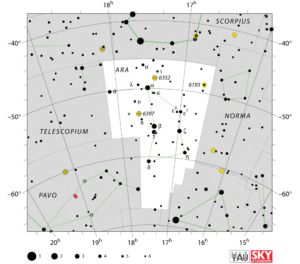 If you move your eyes towards east, you will see another constellation named Pavo and Telescopium . In the North of Ara, you will find Scorpius (zodiac sign) and in South, Apus and Traingulum Australis constellation. Ara is very close to South Pole, and so is fully part of Southern Hemisphere.
If you move your eyes towards east, you will see another constellation named Pavo and Telescopium . In the North of Ara, you will find Scorpius (zodiac sign) and in South, Apus and Traingulum Australis constellation. Ara is very close to South Pole, and so is fully part of Southern Hemisphere.
It covers up 237 square degree area of the sky. Area wise it is 63rd largest constellation in the sky.
When and What can I see…We cannot gaze at this Altar shape of Ara constellation as it is near
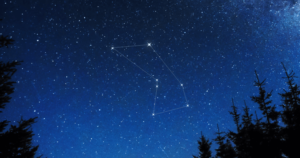
South Pole, from India.
All you need is your eyes other than clear skies to see 63 stars of this constellations, as they are the one which are brighter than the limit of our eyes i.e. 6.5 apparent magnitude. The brightest star of this constellation is Beta Ara.
Constellations are made up of single, binary (apparent and absolute), multiple and variable stars. Out of total 63 stars of different types, here is the list of 20 brightest stars as per their nature:
| Binary / Multiple Star system | Variable Stars | Binary / Multiple and Variable Stars | Single stars |
| 3 | 1 | 3 | Cervantes |
| – | – | – | 8 |
| 3 | 1 | 3 | 9 |
In Indian mythology, it is said that when Rishis and Philosophers first saw Vedi 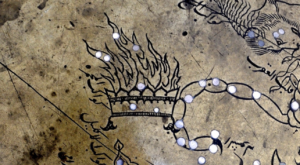 taramandal (Ara constellation), actually looked like a shape of an Altar.
taramandal (Ara constellation), actually looked like a shape of an Altar.
Deep Sky Objects…
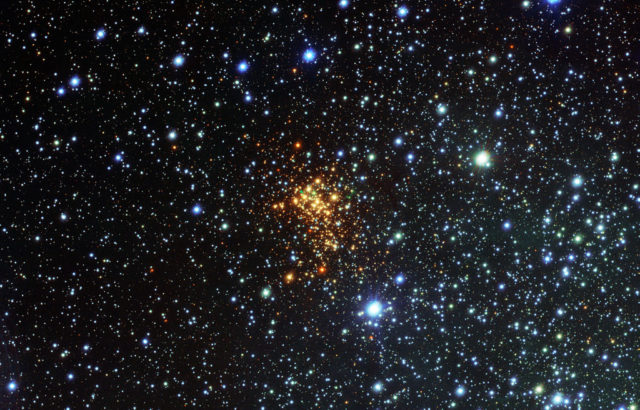 Ara Cluster || Open Galactic Cluster
Ara Cluster || Open Galactic Cluster
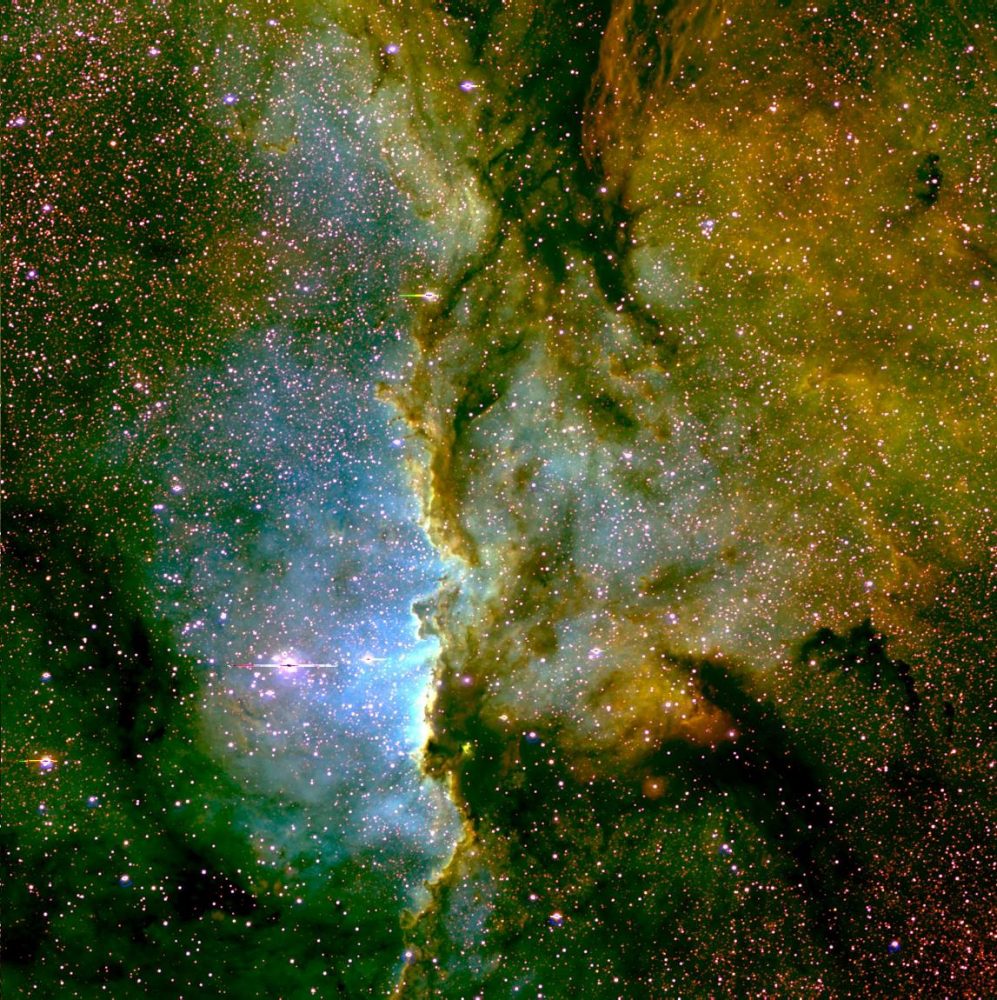 NGC 6193 || Open Cluster of 27 stars || unaided eye
NGC 6193 || Open Cluster of 27 stars || unaided eye
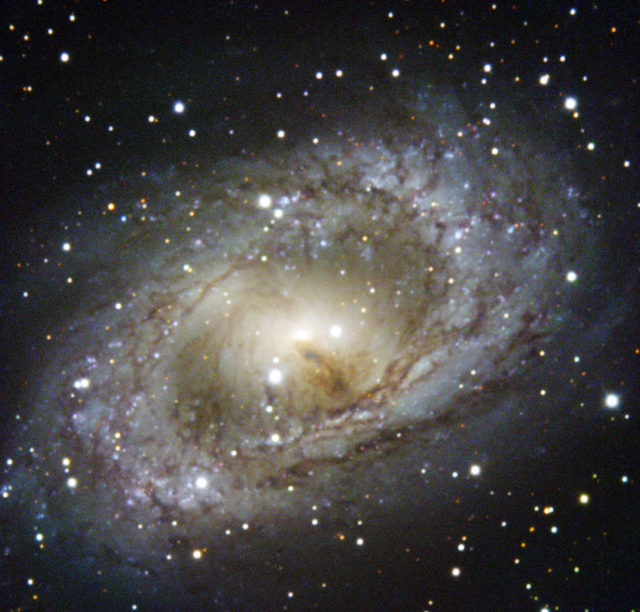 NGC 6300 || Barred Seyfert Spiral Galaxy || SBb
NGC 6300 || Barred Seyfert Spiral Galaxy || SBbAll the stars that we see naked eyes, all belong to our own, Milky way galaxy (Akash Ganga Tara Vishv). Bright stars can be seen naked eye and faint one through telescope. But the curtain of sky that we see in 2D is actually a huge universe we are talking about, with 3 dimension. There are many nebulous objects visible in every constellations. They differ widely by distances and nature. Like Emission Nebula, Reflecting Nebula, Absorption Nebula, Star Birth Nebula, Supernova Remnants (SNR) and Open Stars cluster which are within the disk of our own Milky Way galaxy. Globular cluster are also found, which are in the halo of our galaxy and some most distant objects like galaxies are also visible through telescope. Such objects are defined as “Deep Sky Objects”.
In this constellation there are 31 such different types of Deep Sky Objects observed. Below is the list of 20 brightest Deep Sky Objects are listed below.
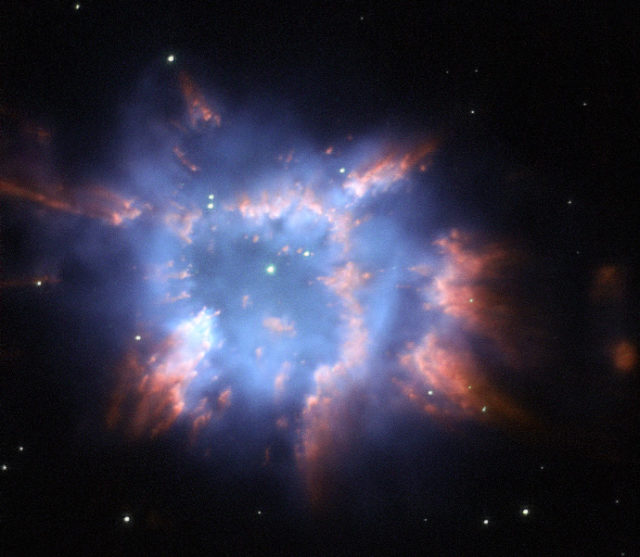 NGC 6326 Planetary Nebula
NGC 6326 Planetary Nebula
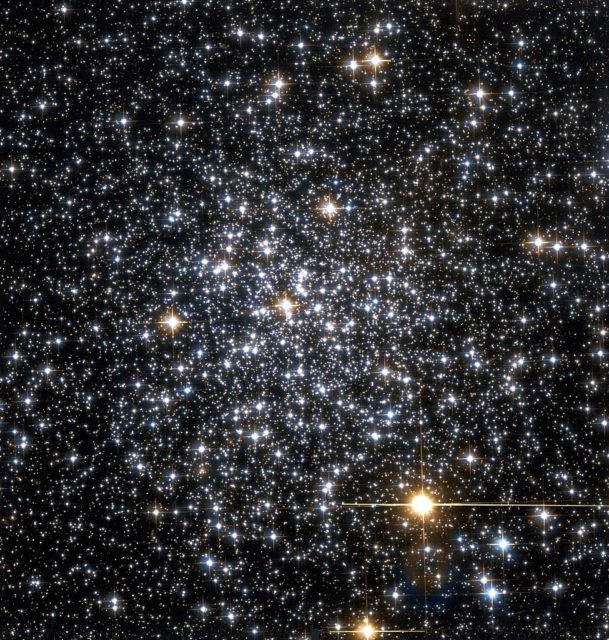 NGC 6352 || Globular Cluster
NGC 6352 || Globular Cluster
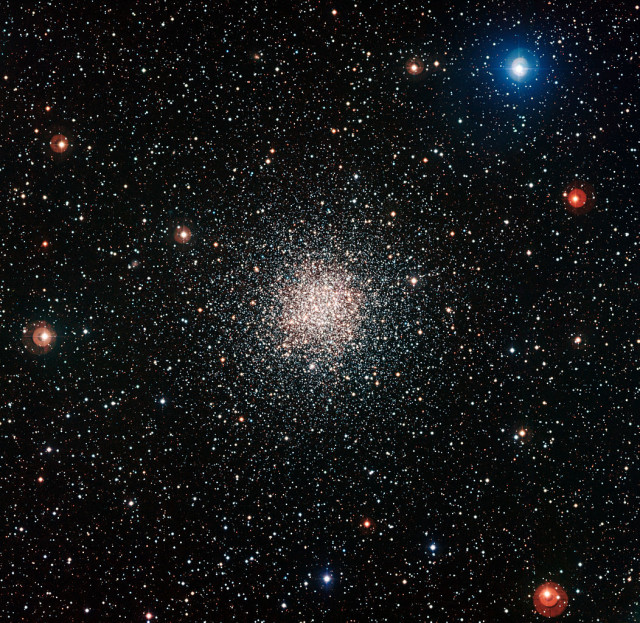 NGC 6362 || Globular Cluster
NGC 6362 || Globular Cluster| Galaxy | Open Cluster | Globular Cluster | Nebula | Supernova Remnant | ||
| Naked eye visibility | – | – | 1 | 1 | – | |
| Visible through Telescope | 6 | 6 | 2 | 4 | – | |
| 6 | 6 | 3 | 5 | – |
 NGC 6397 || Globular Cluster || One of the 2 closest to Earth
NGC 6397 || Globular Cluster || One of the 2 closest to Earth
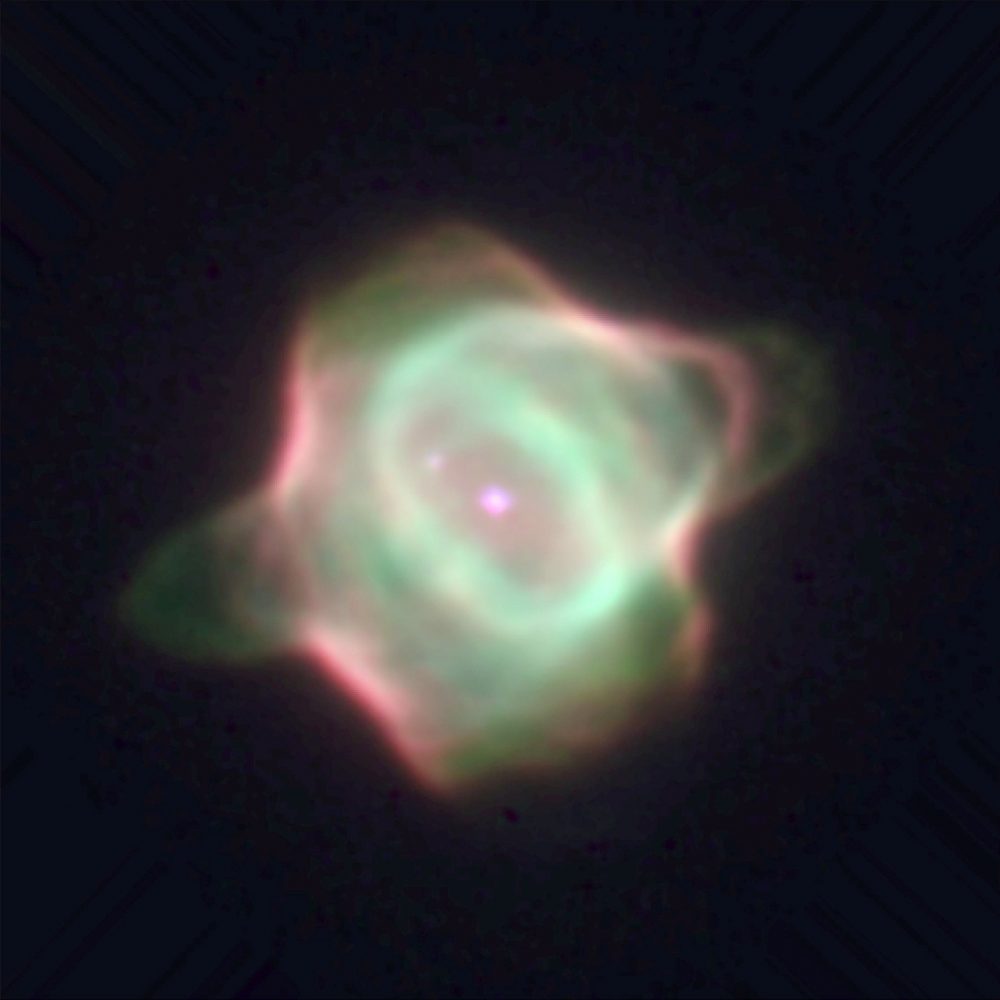 Stingray Nebula || Youngest Planetary Nebula
Stingray Nebula || Youngest Planetary Nebula
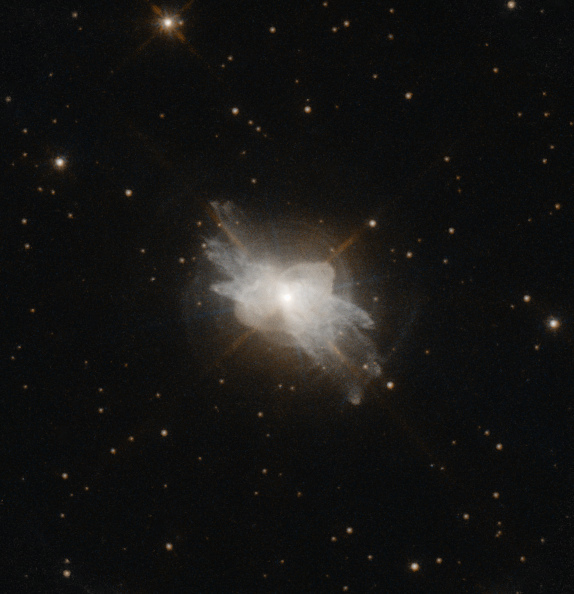 Water Lily Nebula || Pre Planetary Nebula || contains hydrocarbons
Water Lily Nebula || Pre Planetary Nebula || contains hydrocarbons

